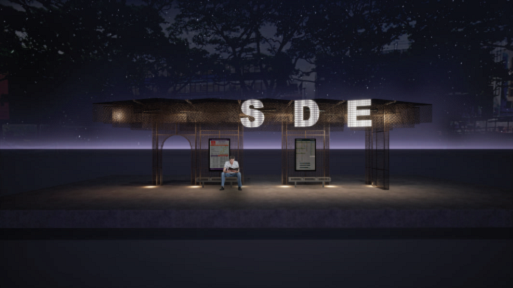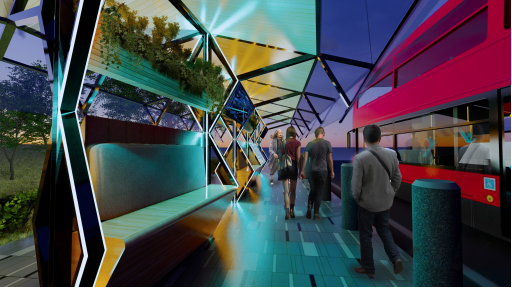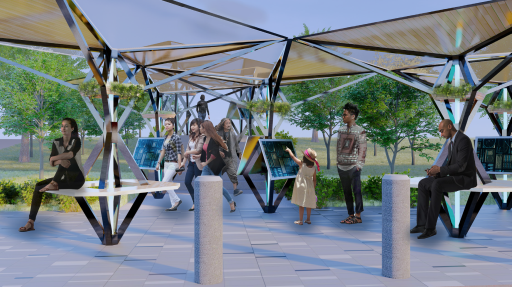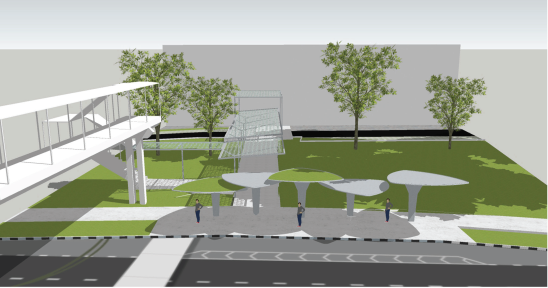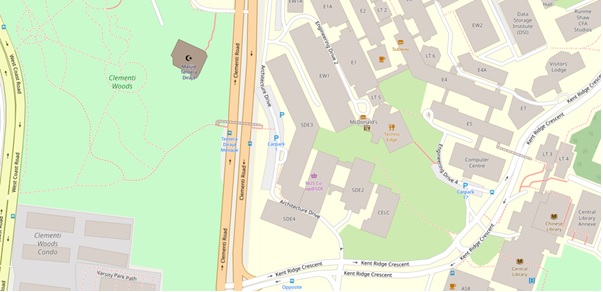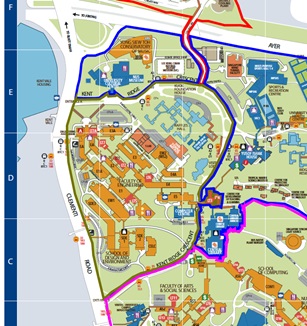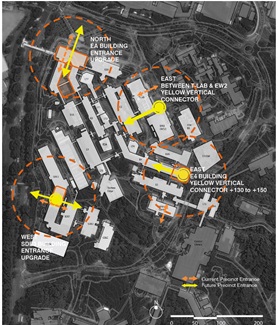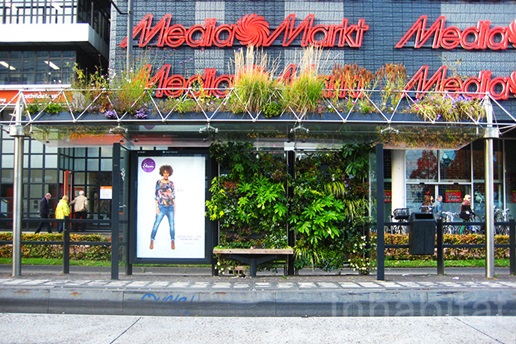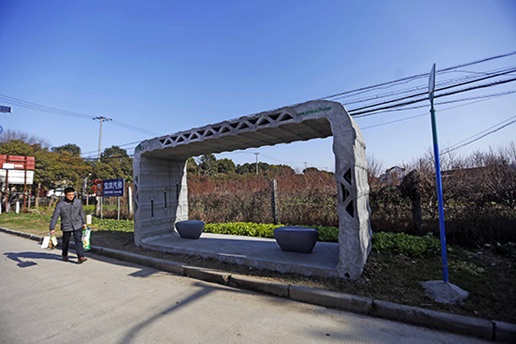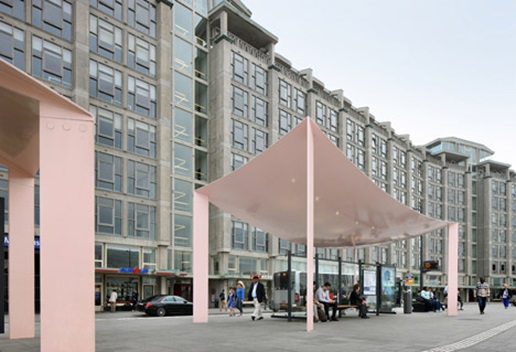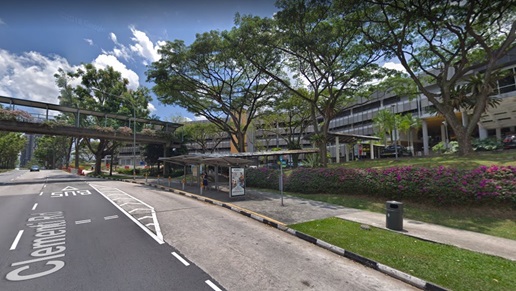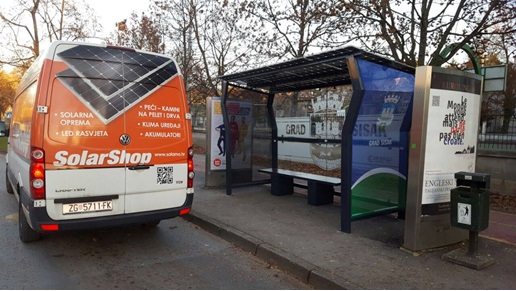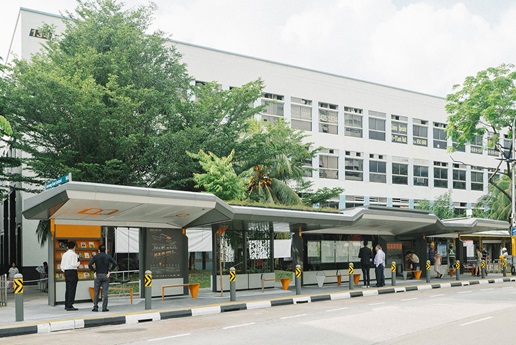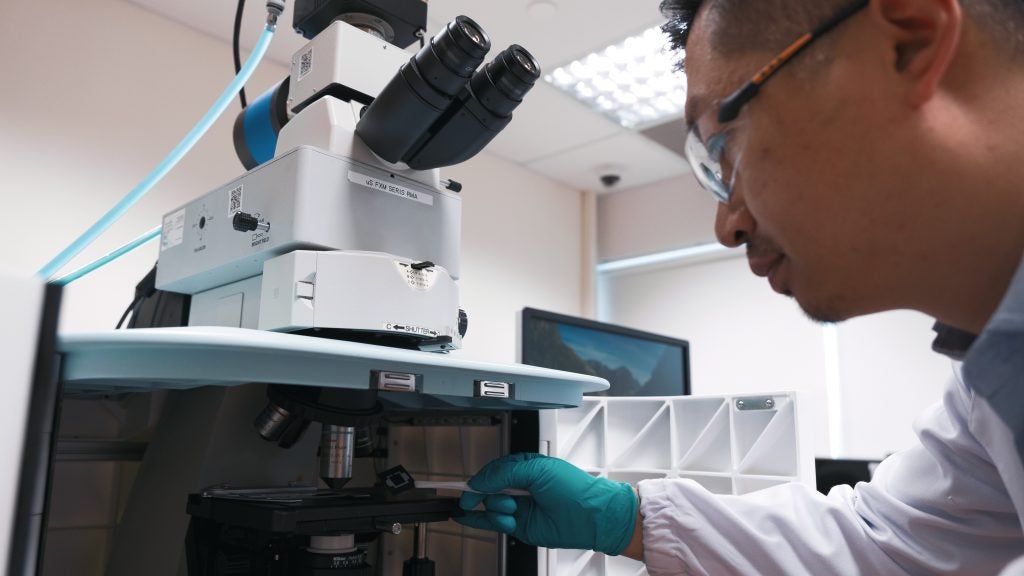The jury with representatives from each Department/Division was formed and they found many of the entries promising yet no single entry stood out as achieving all of the design and performance aspirations of the design brief.
The jury elected to not give out a 1st, 2nd, and 3rd prize selection but rather nominate schemes that positively addressed specific component of the design brief: A Best in Design, A Best in Integration and A Best in Technology were used as criteria to award three equal prizes of S$2000.
View the winning designs below:
Industree - Best in Design
Team members: Anna Claudia Yenardi, Chew Keng Onn, Sung Jian Wei John
Bus stops are spaces of repose and restfulness. Waiting may be dull, but the bus stop provides one with a space for a much-needed respite and introspective time, from an arduous day of work or school.
Essentially, these spaces are able to improve the health and mental well-being of users, like trees. This is the experience intended to be recreated in an abstracted manner that aligns with the metropolitan context of the site - to be under the Industree.
Resource management is a pressing issue in a society that is becoming more environmentally-conscious. Steel wire mesh is selected as the primary material used for exploration and design given its relatively cheap cost of production, lightness and porosity, and the industrial vibe it exudes.
The Jury appreciated the aesthetic ambition of the scheme, its delicate aspiration, and simple assemblage as a frontage for SDE and the NUS campus. The design suggested an ephemeral front door to SDE and offered a refined sculptural approach that ties into the screening elevation of SDE 1, 3, and 4. However its integration with feasible technologies required addition refinement and thought and the Jury felt a more aspirational performative design would have benefited the scheme.
Photo 1: The bus stop first greets its users in a prominent way with the eye-catching signage of SDE, carefully orientated towards the oncoming traffic, before unveiling the more ephemeral wire mesh structure as one approaches closer towards the bus stop.
Photo 2: At night, the bus stop transforms into a magnificent light display as the LED lights within each module lights up from the solar energy harnessed throughout the day, serving as an introspective waiting corner for the exhausted. Coloured lights could be potentially installed to create a kaleidoscopic light effect as the lights interact with the wire meshes to create an exciting atmosphere for a bus stop.
ANTHRO : MOD - Best in Integration
Team members: Bernie Ang, Keith Png Jun Jie, Elvin Tan Kai Boon; Victoria Tan Yee Ling
Anthro:Mod derives its name from our design's modular anthropometric features. Its anthropometric design allows for increased user comfort from the elements as well as for its features. Furthermore, its modularity allows for a level of flexibility which allows it to be implemented throughout other parts of Singapore. We also focused on creating opportunities for technological implementations which would aid and test sustainable measures. The design acts as a test bed for educators and students to test out innovative sustainable features which can be implemented and added onto the bus stop modules.
All in all, Anthro:Mod serves to fulfil the standard criteria of a bus stop such as shelter and seating while improving existing site conditions for connectivity and a sense of arrival. On top of that, it aims at encouraging a culture of innovation and sustainability amongst the school faculty and its students.
The Jury commended the modularity and flexibility of the design approach as well as the overall integration with structure and technology. The design was well thought out and considered. Yet the jury felt that the entire scheme appeared disproportionate to the entry for NUS. The scale and modularity required more thought and consideration where the down turn panels limited view and ventilation. The Jury suggested a more delicate approach to architectural proportions and scale would benefit the design approach.
The SDE Bus Stop - Best in Technology
Team members: Charleston Chan Chiao Koon, Cheng Yuxin David, Ng Xin Yi, Tham Weng Yew, Ye Ganghua
The SDE Bus Stop aims to achieve a design that serves as a platform for technologies for improved health and wellbeing.
Identifying naturality and comfort as critical factors to address, the form of the roof takes inspiration from the existing trees and the komorebi effect - maximising the amount of diffused sunlight from the shelter roof while allowing comfort, to rejuvenate its users.
An aromatherapy system where 'relaxing' scents are diffused into the walkway along the bus stop and the building. A rain garden is planned by utilising the sloped terrain and its position beside the roof which allows for collection of water during wet weather. Air quality is improved through the use of greenery and cooling system.
The Jury found the proposed air cooling system and its integration with the structural column as a interesting approach to showcase contemporary ideas of Comfort and technology. Five mushroom columns supported a series of ovoid covers with a relatively simple yet refined design. However the design approach appeared familiar and the connection with the existing campus unrefined. The Jury suggested incorporating the technology into a more considered and aspiration design would benefit the entry.
Photo 1: Bird's eye view of the bus stop.
Photo 2: Eye level view from shelter towards bus stop.





